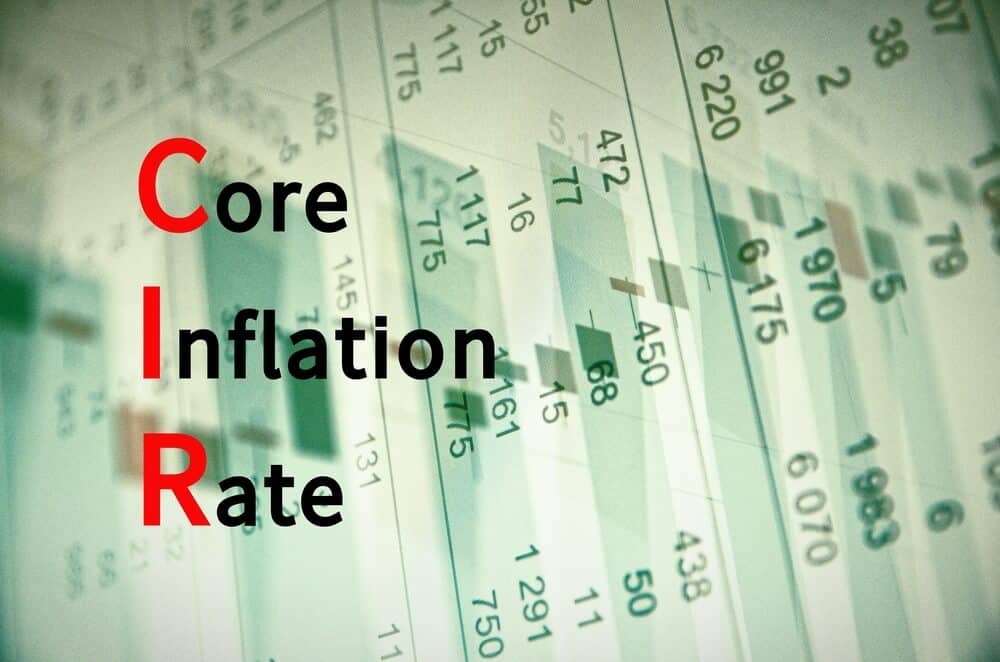About Core Inflation:
- What is it? Core inflation is the change in the costs of goods and services but does not include those from the food and energy sectors.
- Food and energy prices are exempt from this calculation because their prices can be too volatile or fluctuate wildly.
- Why is it important?
- Core inflation is used to determine the impact of rising prices on consumer income.
- If the increase in the price index is due to temporary shocks that could soon reverse themselves, it may not require any monetary policy action.
- To deal with such situations, many central banks use measures of core inflation that are designed to filter the transitory price movements.
- Core inflation by eliminating the volatile components from the headline helps in identifying the underlying trend in headline inflation and is believed to predict future inflation better.
- Core inflation is a convenient guide to help the central bank achieve its objective of controlling total inflation.
What is Headline Inflation?
- It is the raw inflation figure reported through the Consumer Price Index (CPI).
- The CPI determines inflation by calculating the prices of a fixed basket of goods.
- Core inflation removes the CPI components that can exhibit large amounts of volatility from month to month.
Q1) What is Consumer Price Index (CPI)?
CPI measures retail inflation by collecting data on the prices of goods and services that are consumed by the retail population of the country. CPI meaning refers to an increase in the price level of a selected basket of goods and services over a select period of time.
Source: Declining core inflation limits need for further interest rate hikes by RBI: S&P Global Ratings
Last updated on June, 2025
→ UPSC Notification 2025 was released on 22nd January 2025.
→ UPSC Prelims Result 2025 is out now for the CSE held on 25 May 2025.
→ UPSC Prelims Question Paper 2025 and Unofficial Prelims Answer Key 2025 are available now.
→ UPSC Calendar 2026 is released on 15th May, 2025.
→ The UPSC Vacancy 2025 were released 1129, out of which 979 were for UPSC CSE and remaining 150 are for UPSC IFoS.
→ UPSC Mains 2025 will be conducted on 22nd August 2025.
→ UPSC Prelims 2026 will be conducted on 24th May, 2026 & UPSC Mains 2026 will be conducted on 21st August 2026.
→ The UPSC Selection Process is of 3 stages-Prelims, Mains and Interview.
→ UPSC Result 2024 is released with latest UPSC Marksheet 2024. Check Now!
→ UPSC Toppers List 2024 is released now. Shakti Dubey is UPSC AIR 1 2024 Topper.
→ Also check Best IAS Coaching in Delhi
























